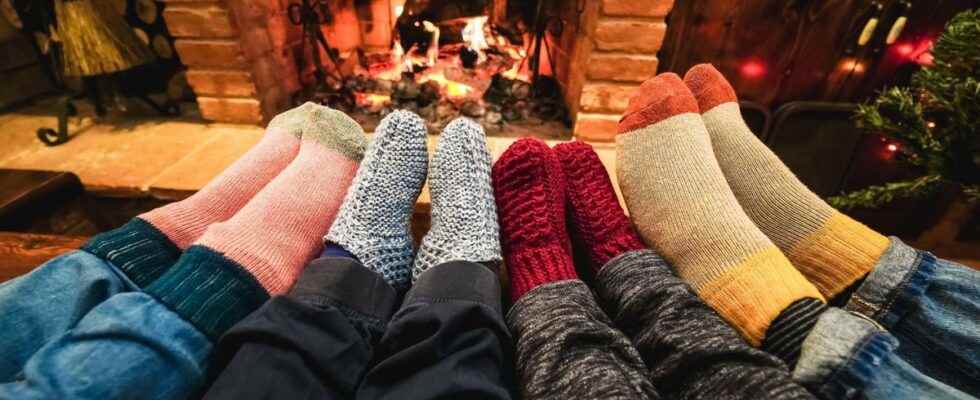Published on
Updated
Reading 1 min.
The weather is overcast and the temperatures are cooling. Does your urge to spend time outdoors go as low as the thermostat? How about adopting koselig? Straight from Norway, this way of life advocates comfort and social life.
To understand the philosophy behind this word, you have to break it down into two parts. The “kos” designates “a feeling of comfort” which has no equivalent in the French language. But to reduce it to a blanket, as soft as it may be, would be sacrilege. Moreover, this prefix has entered into the speaking habits of Norwegians, to say that they had a good time or that they felt welcomed.
In French, the word heat could be the one that comes closest to it. First for its primary meaning. There is no koselig without an apparent wood fire, which most chalets have. If you don’t have wood stoves, candles will do. These small flames will diffuse a soft, sometimes flickering, but comforting light in your room. Forget the ceiling light and its white light. Prefer warm lights.
The second meaning refers to the word “warm” that we find when we spend time with loved ones. The idea is to share good times with family members or friends. Far from the desire to close in on yourself, like a hibernating bear, open your door and welcome the people you love.
Koselig has some similarities with its Danish cousin, “hygge” (pronounced “hugueu”). Interiors must be uncluttered, clutter-free, pleasant, aesthetic, stress-free.
The idea is also to stay connected to nature. To fully embrace the koselig, don’t hesitate to put on your coat and boots to brave the elements. It’s been proven that spending time in nature is good for both physical and moral health, and the Norwegians didn’t wait for studies to take up this habit. So many ways to limit the onset of seasonal affective disorder.
